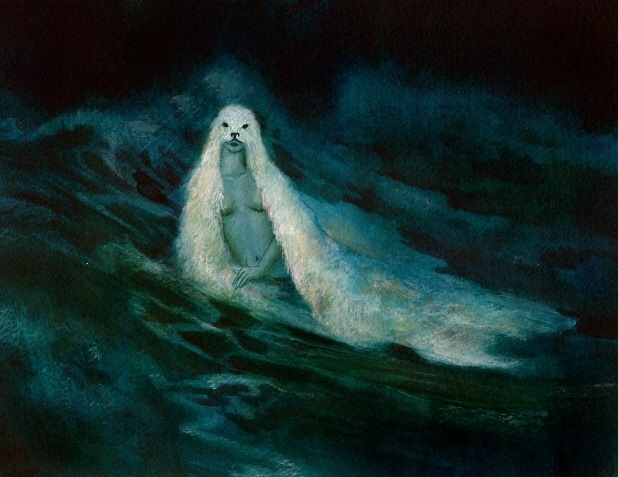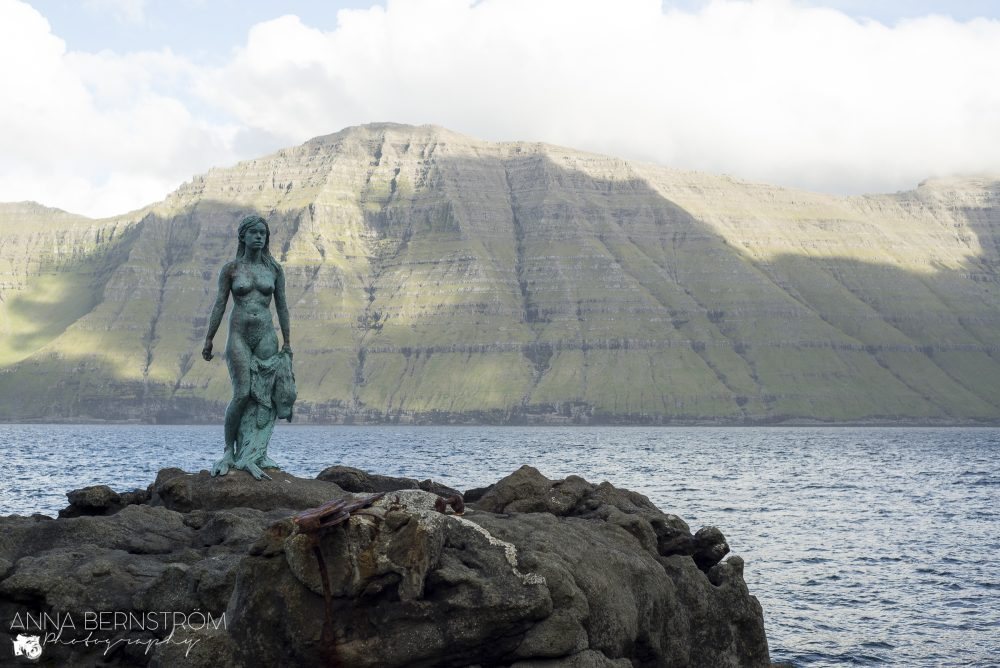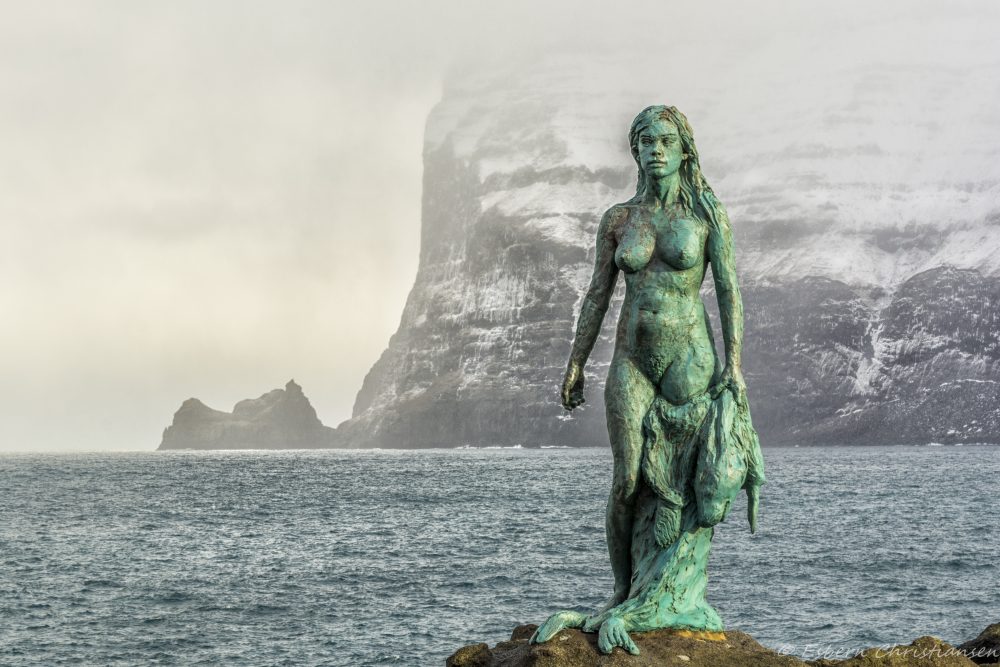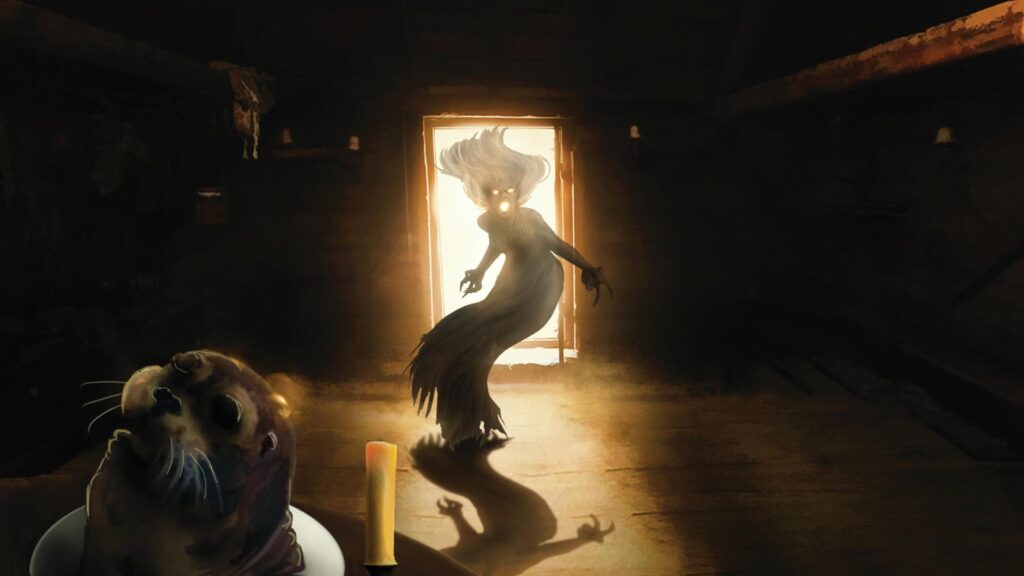
The Faroe Islands, a remote archipelago nestled between Iceland and Scotland, are steeped in rich folklore and mythology. One of the most enduring tales is that of Kópakonan, a captivating legend that has been passed down through generations.
The Legend of Kópakonan

According to the legend, seals were believed to be former human beings who had voluntarily sought death in the ocean. Once a year, on the Thirteenth night, they were granted the ability to return to land, shed their skins, and dance and revel as humans.
A young farmer from Mikladalur, on the northern island of Kalsoy, became intrigued by this tale and decided to test its truth. One Thirteenth evening, he hid on the beach and observed as seals arrived in droves, transforming into human beings. He was particularly captivated by a beautiful seal girl and, in a moment of impulsive desire, stole her skin.

The seal girl, unable to return to the sea without her skin, was forced to remain with the farmer. Over the years, they had several children, but the farmer always kept her skin locked away, ensuring she could not escape.
One day, while the farmer was at sea, he realized he had left the key to the chest containing the seal woman’s skin at home. He knew that without it, he would lose her. Despite his companions’ attempts to save her, the seal woman escaped, reclaimed her skin, and returned to the sea.

The Curse of Kópakonan
The seal woman’s departure, however, did not mark the end of the story. She returned to the farmer in a dream, warning him not to harm a particular bull seal or its pups. The farmer, disregarding the warning, went on a seal hunt and killed the animals she had mentioned.

As punishment for his actions, the seal woman appeared before the farmer in the terrifying form of a troll, placing a curse upon the men of Mikladalur. She vowed that until enough of them had died at sea or from falling from the mountaintops, the curse would continue.
A Haunting Legacy
The legend of Kópakonan continues to haunt the island of Kalsoy. To this day, locals believe that the occasional tragic deaths of men from the village are a direct result of the curse. The statue of Kópakonan, standing tall against the elements, serves as a constant reminder of the tragic tale and the enduring power of folklore.

Leave a Reply